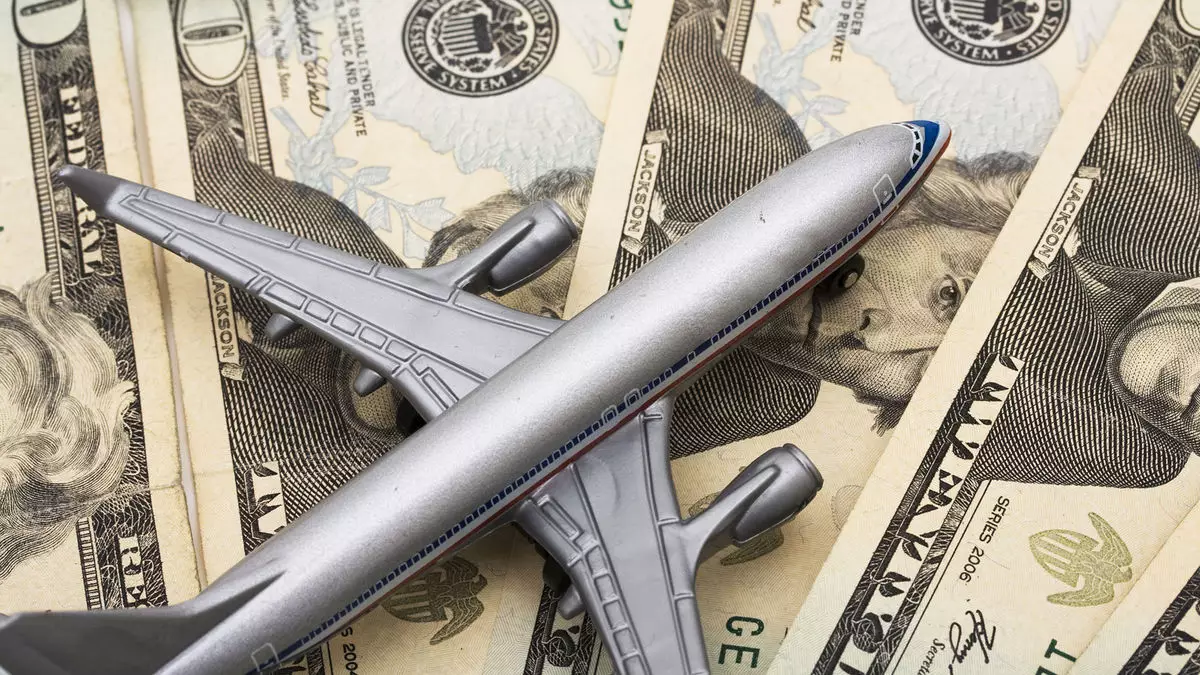As the travel industry gears up for the first half of 2025, domestic flyers find themselves in a challenging position regarding airfare prices. Emerging data suggests that travelers may face higher costs for domestic flights compared to the previous year. However, a silver lining exists for those looking to traverse international skies, with recent trends hinting at likely discounts on long-haul fares.
Understanding the Current Fare Trends
Recent reports, including Consumer Price Index data released on January 15, indicate that airfares experienced a notable uptick, rising 7.9% year-over-year in December 2024. There was indeed a sharp increase of 3.2% within just a month, suggesting that the ongoing demand for air travel is gaining momentum as we move into 2025. The average price for a roundtrip domestic ticket sold via travel agencies rose to $561, marking a 4% increase from the prior year.
For savvy travelers, a deeper dive into these statistics reveals a complex picture. Hopper, a popular airfare tracking and prediction app, has forecasted even higher prices for domestic tickets in the upcoming months. Current January figures indicate that good deals on domestic flights—defined as prices lower than 90% of what is typically offered—are currently 12% above those recorded in January 2024. Projections for May and June show anticipated increases of 19% and 12% respectively. Yet, it’s critical to approach these numbers with context, as overall airfare prices had been artificially deflated last year due to airline capacity challenges.
A blend of robust consumer demand and reduced airline capacity growth is largely driving the anticipated rise in domestic fares. Recent surveys indicate that a significant percentage of Americans—76%, to be precise—plan to maintain or increase their travel budgets compared to the previous year, signaling a strong post-pandemic recovery in consumer confidence.
However, the airline industry is contending with its challenges. As of January, domestic airline capacity is only marginally up by 0.7% from the previous year. Interestingly, budget airlines such as Southwest, Spirit, and JetBlue are cutting back on capacity by around 4.7%. This restraint can lead to a constriction in available low-cost flights, amplifying fare increases as demand continues to surge.
Additionally, global supply chain issues are contributing to capacity difficulties. Delays in aircraft deliveries from Boeing and ongoing engine inspections impacting Airbus models have restricted the ability of airlines to meet growing passenger numbers, resulting in a timid ramp-up of service in the domestic sector.
The role of low-cost carriers (LCCs) cannot be understated in shaping airfare dynamics. Historically, the entry of these airlines into new routes has resulted in significant fare reductions—often dropping prices by approximately 20% in the first operational year. Therefore, the recent pullout of budget airlines from specific routes signifies a potential average increase in fares, particularly for leisure destinations where Spirit Airlines, for example, is scaling back operations due to bankruptcy restructuring.
Katy Nastro, a travel expert at the subscription service Going, has noted that when low-cost carriers are absent, price competitiveness diminishes, leading to fewer affordable options. However, she also assures travelers that bargains can still be found on international routes, particularly to nations in Asia, with rising competition contributing to a 4% decrease in international airfare costs according to a recent Kayak analysis.
Looking back, the airline industry has seen fluctuating prices influenced by various external factors, including economic conditions and global events. The current scenario of increasing fares seems set against a backdrop of recovering travel demand, seasonal price adjustments, and internal airline strategy adjustments.
Travelers planning to book flights in early 2025 would do well to strategically weigh their options. While domestic fares may become less accessible, the international travel market may present more bargains. Extending travel horizons and remaining vigilant can contribute positively toward making travel adventures both fulfilling and economical.

